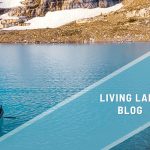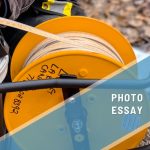The Youth Perspective: A watershed victory for the Grizzly Bear Spirit
By Trinda Cote, Indigenous Youth Ambassador, Living Lakes Canada
🎤Kⱡawⱡa Tukⱡuⱡakʔis is the Grizzly Bear Spirit for the 🎤Ktunaxa People, a source of guidance, strength, protection and spirituality. Kⱡawⱡa Tukⱡuⱡakʔis’s home is in the beautiful, majestic mountains of the Jumbo Valley, or as the Ktunaxa People call it, 🎤Qat’muk. Qat’muk is a sacred place where Kⱡawⱡa Tukⱡuⱡakʔis was born and heals itself to return to the spirit world.
The habitats that Qat’muk provides are also vital to the ecosystems that have thrived there for thousands of years, and the valley’s magnificent glaciers are critically important sources of freshwater for downstream communities and ecosystems.
The valley was wild and untouched before colonial land use practices like mining and logging came and went. More recently, a dark shadow was once again cast over Qat’muk. A problem that would put into question its fate and future.
Jumbo Glacier Resort was proposed as North America’s first year-round ski resort. This estimated $450 million development would have included a 5,500-bed resort in the middle of Jumbo Valley. A three-phase expansion was envisioned with lift access to the surrounding Farnham, Commander, Jumbo, and Karnak glaciers. This proposed development with 20 lifts, including a combination of gondolas, t-bars, and chairlifts, would have affected 6,000 hectares. The project was initially proposed in 1991 and for almost 30 more years, a contentious legal battle followed that divided communities across B.C.
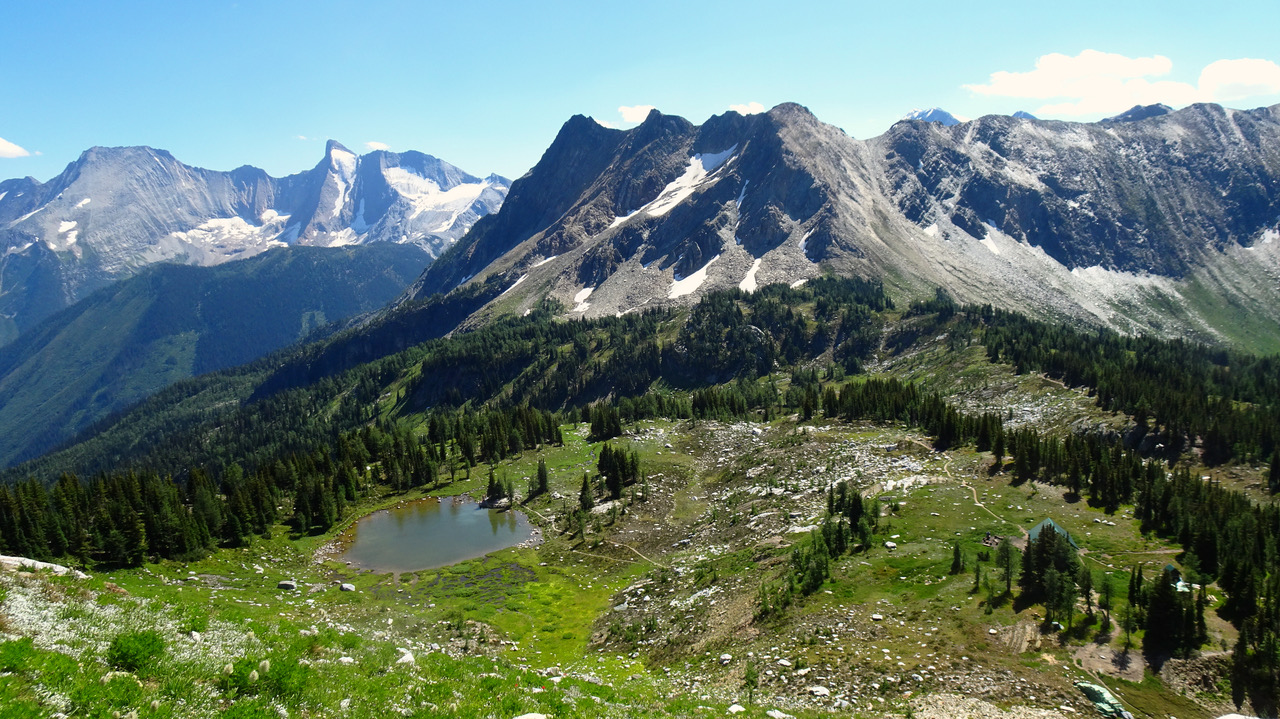
Growing up, I never really understood the gravity of the battle to keep Qat’muk wild. I remember I would always see the “Keep Jumbo Wild ” stickers on the bumpers of cars in the East Kootenay area but never questioned what it meant. Eventually, I finally asked my mom about the sticker. I was still quite young, maybe 10 or 11, and she briefly explained how important the “Keep Jumbo Wild” movement was – not just to my personal history and Indigenous roots, but also to the entirety of my hometown community and surrounding areas. Being a rural area, the impacts that a large, year-round ski hill would bring were endless.
During the long battle to keep Qat’muk wild and safe for Kⱡawⱡa Tukⱡuⱡakʔis, the Ktunaxa Nation took a stand and many protests occurred. An example of this was in October 2014, when Ktunaxa members rallied at the entrance of the valley to prevent cement trucks from entering. The fight to save Qat’muk became an international movement thanks to support from many environmental groups and individuals coordinated by Wildsight, and from the outdoor retailer Patagonia, which produced the famous Jumbo Wild documentary.
If the construction of Jumbo Resort had continued, the changed environment would have disrupted essential Grizzly Bear habitat and impacted their populations. Jumbo Valley serves as a major route for grizzly bear migration. Since Grizzly Bears are regarded as an umbrella species, maintaining connectivity between populations not only enhances their survival but helps protect numerous other species as well.
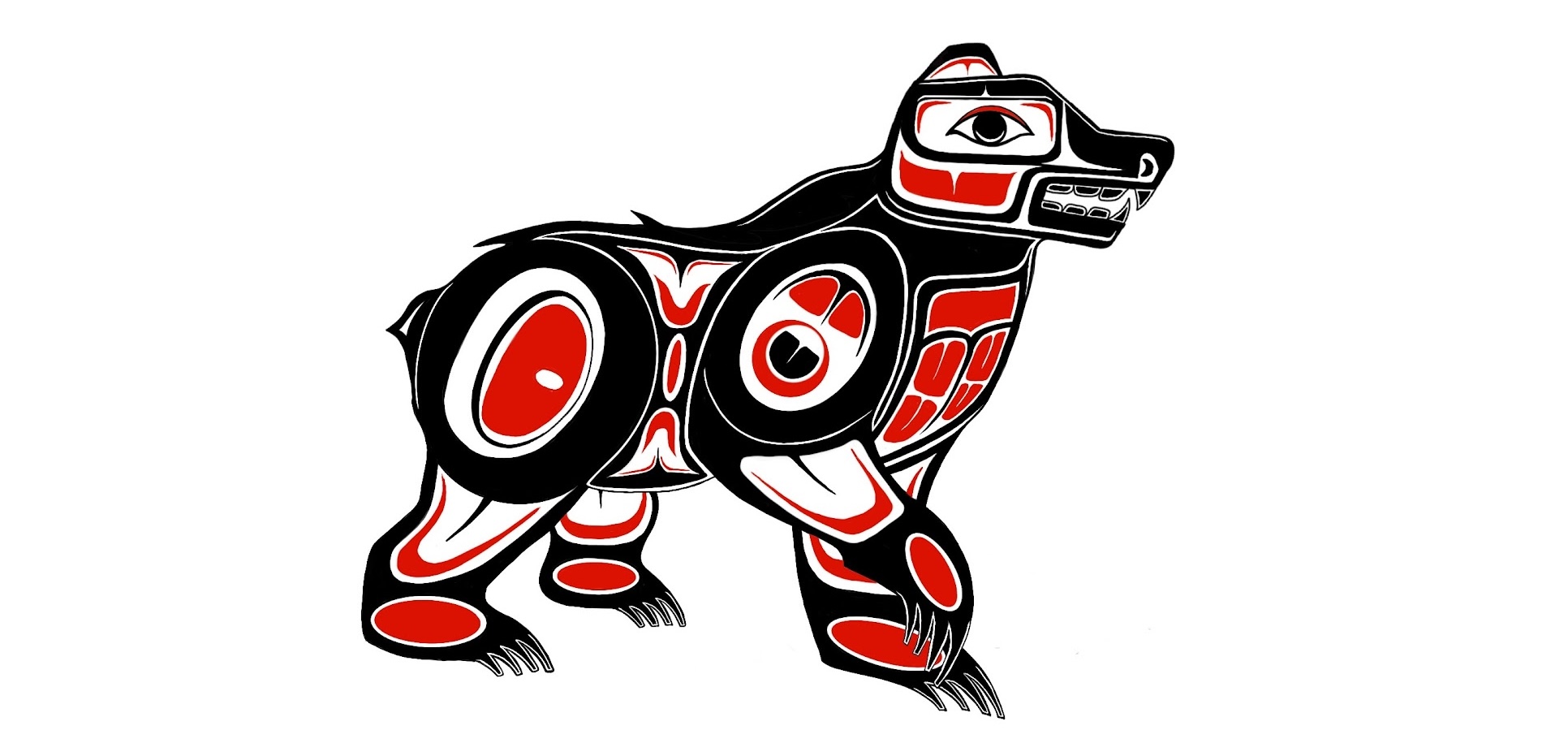
Then there’s climate change. Global warming is causing glaciers around the world to disappear at an accelerating rate. Little is understood about how downstream water supply will be affected once they’re gone. It’s important to conserve our glaciers, not develop them. The glaciers surrounding the Jumbo Valley are an important source of water for the upper Canadian Columbia Basin. With climate impacts like warmer temperatures, early freshet and drought already threatening precious freshwater sources, the protection of Qat’muk was imperative.
The Ktunaxa Nation Council, the Government of Canada, the Province of British Columbia, the Nature Conservancy of Canada, and private donors worked together to stop the development of the resort in October 2019. A few months later on January 18, 2020, Qat’muk was declared an Indigenous Protected and Conserved Area (IPCA).
As an active and proud member of the Shuswap Band, part of the 🎤Secwépemc Nation, I sometimes forget the deep historical roots I have planted into the Ktunaxa Nation. Though I am not a member of any Ktunaxa band, the Nation holds great significance to me. My great great grandfather was the last hereditary chief of the 🎤ʔakisq̓nuk First Nation and I grew up teaching myself the language.
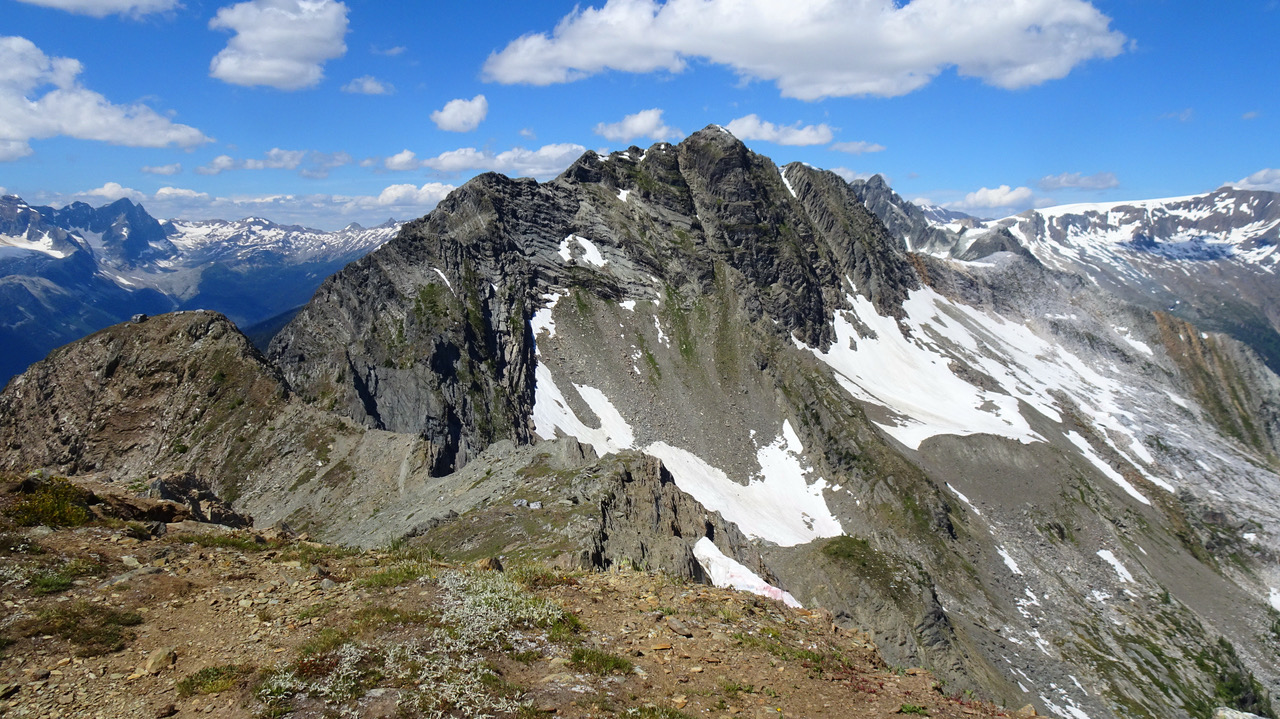
The battle over Qat’muk that the Ktunaxa people fought was a milestone in Indigenous history in Canada. They demanded that their voices be heard and respected long before Truth and Reconciliation became a national holiday. I think it was a massive change in society where Indigenous voices were starting to be heard and recognized as important.
As I have begun to gain more understanding of society as a young Indigenous woman, I’ve recognized how inspiring the 30-year battle was. To see the community come together and fight to protect a sacred area despite the hurdles that had to be crossed and the losses along the way shows me that the Indigenous voice is powerful and influential. The home of Kⱡawⱡa Tukⱡuⱡakʔis has become an area where Indigenous government has the primary role in protecting and conserving ecosystems through Indigenous laws, governance and knowledge systems.
And I tell this story as the Indigenous Youth Ambassador for Living Lakes Canada, the water stewardship NGO that is building a monitoring network across the Canadian Columbia Basin to help track climate impacts on water. Monitoring stations that are a part of this network are set up in watersheds near to Qat’muk, and the data will help communities and decision makers decide how to collectively address climate-induced water challenges.
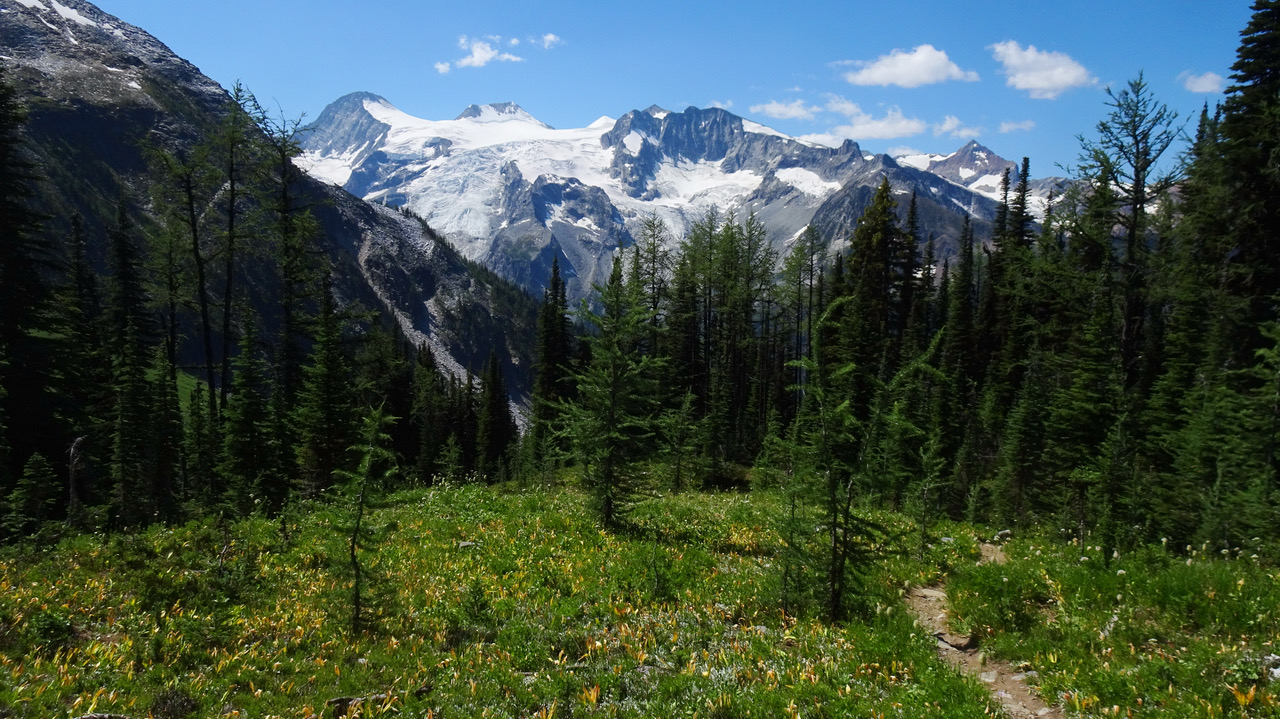
The Qat’muk IPCA spans 70,000 hectares and covers all of the Jumbo Valley and neighboring watersheds. Qat’muk becoming an IPCA was not only a huge victory for Indigenous conservation and the protection of sacred lands, but for the protection of freshwater, and for the communities and natural ecosystems that rely on it.
Indigenous voices in watershed conservation are incredibly important because we hold the land, water, and animals so closely to us. Through our ancestors and stories, we know what significance these sacred areas hold. In order to preserve the recognition we have fought so hard for, we must continue sharing our stories and history to protect more watersheds so areas like Qat’muk will never be at risk. We have the power to create change.
Learn how to pronounce the below words in the traditional language of the Ktunaxa People:
- Kⱡawⱡa Tukⱡuⱡakʔis (Grizzly Bear Spirit) (klhow-lah-took-sloo-sah-cuss)
- Ktunaxa (too-nah-ha)
- Qat’muk (kat-mhuk)
- Secwépemc (sec-wep-mec)
- ʔakisq̓nuk (a-kiss-q-nuk)
If you want to learn more, we encourage you to visit the Qat’muk StoryMap.
With files from Nicole Trigg, Communications Director, Living Lakes Canada




